DO NOT COPY - ALL contents - Copyright Protected
DRAM Ventures Inc. / www.firesafetraining.com
WHMIS CLASSIFICATIONS & SYMBOLS
DO NOT COPY - ALL contents - Copyright Protected
DRAM Ventures Inc. / www.firesafetraining.com
Within the WHMIS program there are are six CLASSIFICATIONS and two sub divisions, for a total of eight symbols; any of which may be seen on a product identification label (see next section)
DO NOT COPY - ALL contents - Copyright Protected DRAM Ventures Inc. / www.firesafetraining.com IF A PRODUCT MEETS THE CRITERIA WITHIN THESE CLASSIFICATIONS THEN THAT PRODUCT IS CALLED A CONTROLLED PRODUCT AND IS SUBJECT TO WHMIS REGULATIONS
The HAZARDOUS PRODUCTS ACT and the CONTROLLED PRODUCTS REGULATIONS do not require WHMIS labels and MATERIAL SAFETY DATA SHEETS (MSDS) for the following types of products;
CLASS A - COMPRESSED GAS
CLASS B - FLAMMABLE AND COMBUSTIBLE MATERIAL Any substance which may catch fire or explode with an ignition source FLAMMABLE - the substance will ignite more easily than COMBUSTIBLE Example: Acetone is more FLAMMABLE than a COMBUSTIBLE liquid such as Kerosene.
CLASS C - OXIDIZING MATERIAL The product contributes to the combustion of another material by yielding oxygen or other oxidizing substance or it is an organic peroxide
CLASS D - POISONOUS AND INFECTIOUS MATERIALS
CLASS D Can cause immediate or long-term effects. Some long-term affects may lead to death (example - asbestos exposure may lead to cancer thus death)
CLASS D Materials which contain harmful micro-organisms.
CLASS E - CORROSIVE MATERIAL
CLASS F - DANGEROUSLY REACTIVE MATERIAL (some examples could be plastic monomers and cyanides)
SUMMARY OF SOME EXEMPTIONS Some products do not require the WHMIS HAZARD LABELS and SYMBOLS because they are already covered by other labelling legislation. (i.e. Pesticides, Explosives, and Radioactive Material are just some examples) Also, when any CONTROLLED PRODUCT is being transported, the legislation then is that of TRANSPORTATION OF DANGEROUS GOODS, even though, when the material (containers) arrive in a warehouse then then must be considered to be under WHMIS LEGISLATION.
If you do not see our FireSafeTraining Logo below, click here to continue.
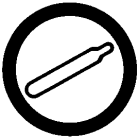
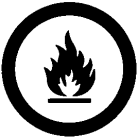
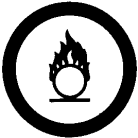
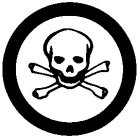
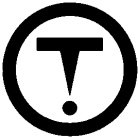
- Other TOXIC affects.
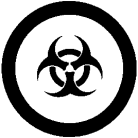
- BIOHAZARDOUS INFECTIOUS MATERIAL
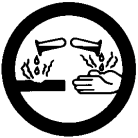
Any acid or caustic type of material. This may be harmful to the skin or other objects. (i.e. metal)
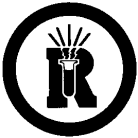
These are materials which, when subjected to heat, pressure, shock, or allowed to contact water, may cause a DANGEROUS REACTION